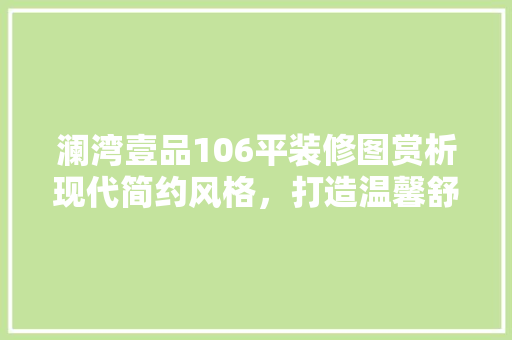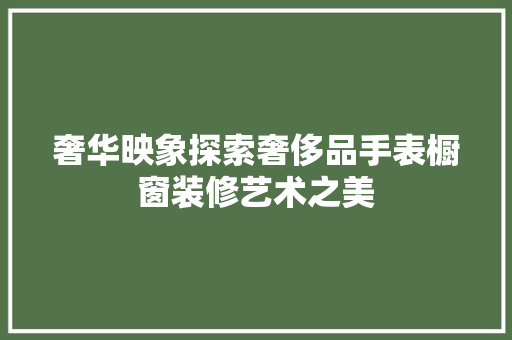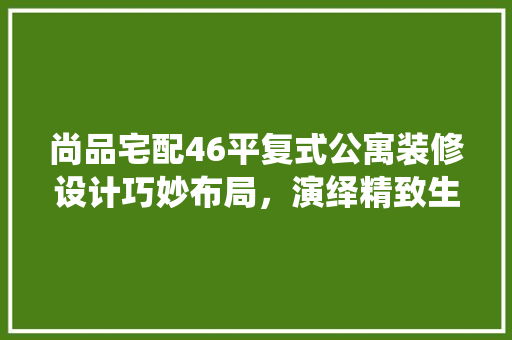ARCHITECTURE/建筑
项目性子:高密度廉租房竞赛设计项目地点:广东深圳设计韶光:2011建筑面积:14.4万平米合营团队:易拓邦主设计师:高岩设计团队:朵宁,覃立超,孙青峰

Project Property:High Density Lower-Rent CompetitionProject Location:ShenZhen GuangZhouDesign Period:2011Floor Area:14.4million sqrCooperate Team:E-TOPIALead Designer:Gao YanDesign Team:Duo Ning,Qin LiChao,Sun QingFeng
河北科技大学酒店综合体
万宁冲浪小镇
这个保障房竞赛的核心观点是基于“一户”和“百姓”两个尺度上的研究, 基于运算化全局系统的数字化平台和干系方法,探索“ 万人”社区的原型系统,它可以被调度,适应未来的多种变革需求,比如单元的所有权和私家车的增长等问题。
“万人”社区设计的最大寻衅是如何在苛刻的经济限定条件下,最大化自我定制空间和构件形状的多样性。我们紧张通过两方面实现:一是公共空间的多样性、多层次性和连通性;另一个是居住单元更新的灵巧性。
这个设计提案还拓展了可持续性设计到社会、经济和生态的三个纬度。在社会可持续性纬度,我们结合人口组成的变革规律,研究了产权在保障房社区中可能的转变,进而设计出 相应的单元重组的空间和构造可能。在经济纬度,我们充分理解空间的功能性布局该当能够 刺激更多的经济活动这一原则,有效的根据社区不同区域的开放程度,在靠近地面的2层设置各种商业业态,并为社区内部的低收入人群供应就业机会。在环境纬度,我们运用运算化及技能,整合方案的住宅规范,结合气流风动的仿照,创造了一个数字化的虚拟模型,可以根据不同的预设参数,自动演化出多种形态结果。
The core concept of our 10,000 Residents community design is that on the basis of the”1 Unit”and ”100 Families”module standardizing system enactment, under the community level of planning and design, to systemize a neighborhood prototype that is able to evolve to adapt to emerging changes, e.g. ownership of the properties and car increasing, by applying computational techniques in line with holistic system design approaches.
The primary challenge of 10,000 Residents community design is how to maximize the diversity of cus- tomized space with multi-modular standardization. It is mainly addressed in two aspects: one is the diversity of public community space, and the other is initial flexibility for unit reconfiguration.
This proposal also extends the mission of sustainable design into social, economic and ecologic dimensions. In social dimension, we studied the spatial relationships to the change of demographic composition within the neighbourhood and of possible transitions of property ownership, as the result, the way we designed the structure and units allowed possible recombination of adjacent units. In economic dimension, we understood the spatial arrangement for programs should contribute to generate new economic activities associated with the evolution of this neighbourhood, therefore a sereis of differentiated and diversified commercial programs are installed according to the openness of the area within the neighborhood. In terms of the ecologic dimension, we incorporated local building regulations to the massing porosity and to simulation of dynamic facade design changing through time.









